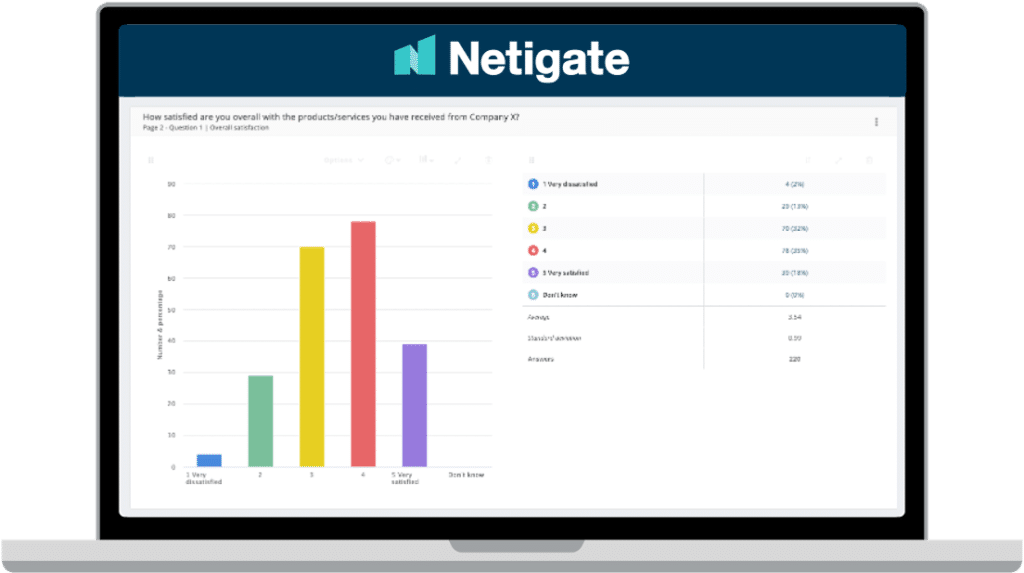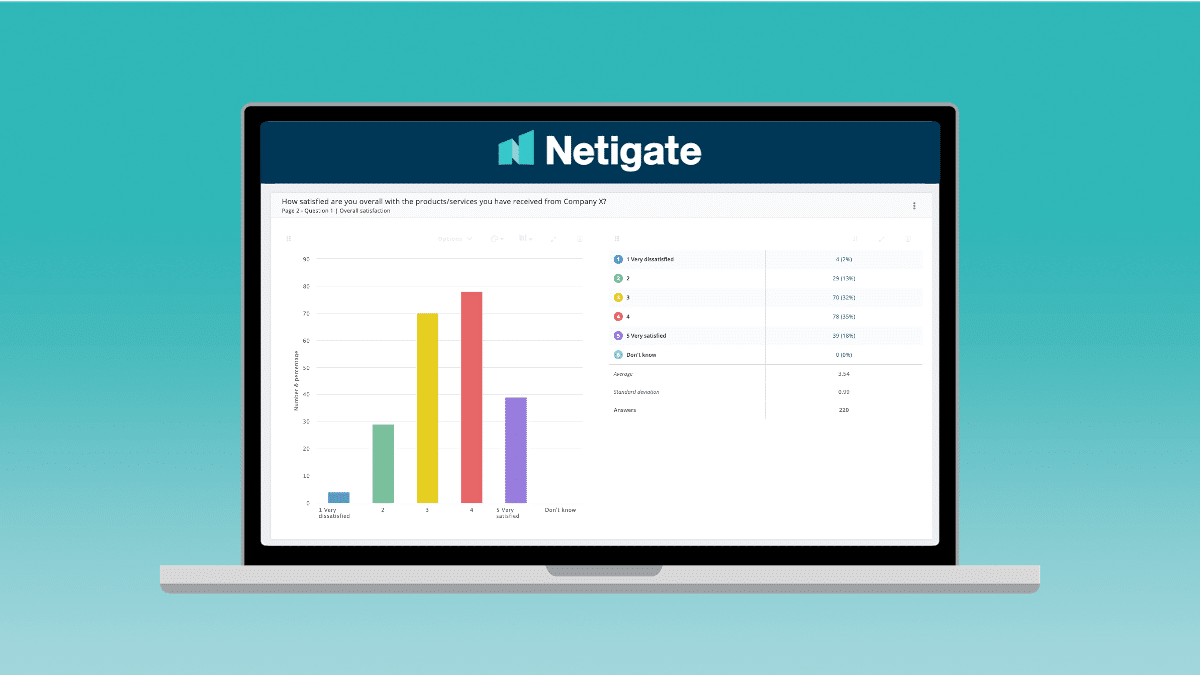Table of Contents
Your guide to the Customer Satisfaction Score (CSAT)
Put simply, customer satisfaction refers to how happy a customer is with your business. With levels of satisfaction correlating with increased customer loyalty, profitability and revenue, it makes sense that companies should regularly measure their performance. The Customer Satisfaction Score (CSAT) offers an effective way to do this, and in this guide we cover everything you need to know about getting started with— and getting the most out of— this metric.
Table of contents
What is the Customer Satisfaction Score (CSAT)?
The CSAT does what it says on the tin: it measures how satisfied customers are with your business. This can be at particular touch points along the customer journey or with your business as a whole. You can include the CSAT question as part of bigger customer satisfaction surveys or use it alone.
The CSAT is based on a single question that works to gauge how far you are meeting your customers’ expectations:
How would you rate your overall satisfaction with the product(s)/service(s) you received from Company X?
1 – Very unsatisfied
2 – Unsatisfied
3 – Neutral
4 – Satisfied
5 – Very satisfied
Like the Net Promoter Score (NPS), CSAT offers a quantitative overview of your performance. Your score also offers a simple and effective way of tracking customer satisfaction over time. This makes it perfect for quickly identifying how satisfaction levels are changing and potentially getting a sense of contextual factors that may be impacting them. For example, you may notice significant fluctuations that coincide with specific business initiatives or times of year. Identifying these changes allows you to begin making the necessary steps to improve the customer experience.
The simple and intuitive nature of the question also makes it very easy to respond to, therefore increasing your likelihood of seeing a good response rate.
How to calculate your CSAT
Calculating the percentage of satisfied customers
The most common CSAT calculation seeks to define the percentage of customers who are happy with your business. When doing this calculation, only ‘5 – Very satisfied’ and ‘4 – Satisfied’ responses are included. Simply divide the number of satisfied customers by the total number of survey responses, before multiplying that figure by 100 to get your CSAT score as a percentage.

Calculating an average CSAT score
Alternatively, you may want to know your average score from all responses. This is simply a case of adding up all of your responses and dividing that figure by the total number of responses.

What is a good customer satisfaction score?
Average CSAT scores tend to differ by industry and it can be useful to use these averages as a benchmark to measure your own performance against. According to research carried out by the Institute of Customer Service, the top 5 performing industries in the UK in 2021 are as follows:
1 – Retail (Non-food) – 81.2%
2 – Leisure – 80.7%
3 – Retail (Food) – 80.4%
4 – Automative – 79.1%
5 – Insurance – 79%
More generally, a score that sits between 75% and 85% is considered good. Ultimately, however, you are your best benchmark. By seeking to track and improve your own score over time, you’ll reap the benefits of an improved customer experience.
How and when to use the Customer Satisfaction Score
At key touch points in the customer journey
A customer’s relationship with your company is made up of many different touch points. These are the moments when people come into contact with your business, whether that’s before, during, or after a purchase. Examples include completing a sales process, contacting customer support, setting up and using a product, or visiting a physical store. At each of these points, you have the opportunity to understand levels of customer satisfaction. You can then dig deeper to learn what you’re doing well and where improvements can be made.
In the months leading to contract renewal
Customer churn is an unavoidable part of business. However, there are preemptive steps you can take to try and reduce it. In the months leading up to contract renewal, reach out to your customers to gauge how happy they are. This gives you the opportunity to tackle waning satisfaction and deal with any specific issues before the churn occurs.
Read: The ultimate guide to customer churn
After customer interactions with customer service
Your customer support teams could be considered the face of your business. They are usually the people customers come into contact with when something has gone wrong— when satisfaction is in jeopardy. For this reason, understanding how happy customers are after these interactions is essential. CSAT can help you and your teams to benchmark how successfully support cases are being handled.
How to improve your CSAT score and get more satisfied customers
Measuring your CSAT is only the beginning. Like the NPS, the simple nature of the CSAT score can also be considered a limitation after a point. While CSAT surveys are a great measure of customer satisfaction, there’s still more work to do to get the most out of the metric with a CSAT survey tool.
Ask follow-up questions to get actionable insights
You’re going to need to dig deeper to find out why your customers feel the way the do, and how you can improve their experience. To do this, considering including additional survey questions that allow for open-text responses. This allows individuals to comment on the reasons behind their scores, and this feedback is incredibly valuable for understanding exactly what you need to do to improve customer satisfaction.
Download: The future of customer experience
Prepare a plan of action for working with your scores
You should always have a clear plan for any feedback you intend to collect. Who is owning your customer satisfaction feedback process(es)? What happens to the feedback after you receive it? Who will benefit from seeing the scores? How will individual teams work with the scores? Essentially, you need to actively work with your CSAT scores in a structured way in order for them to generate positive change at your company. It is therefore essential to include the CSAT in your overall VoC software and customer survey software.
Create a customer-centric culture at your company
If you work on improving the overall customer experience at your business, you’ll likely see higher levels of satisfaction. And improved CX begins with the company culture. Have you mapped out your customer journey? What steps are you taking to improve the experience at each touch point along the journey? Are you sharing the feedback you receive with your support, product development and marketing teams? If you can answer these questions with confidence, you’re well on your way to building a customer-obsessed company. Choosing the right VoC software and customer survey software will then help you realise you action plan.
Are you ready to get started with CSAT?
Our customer experience feedback solutions allow you to stay connected to your customers at every point in their journeys. Sign in to your account or start a 30-day free trial to get started with your own CSAT surveys.
-
Natasha Ellis-Knight
-
Natasha Ellis-Knight
- 5 min read
- .






